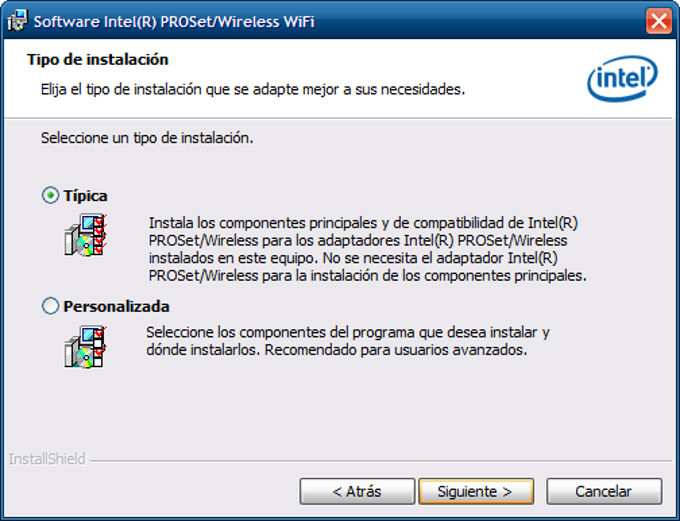You probably already know that each network interface card (NIC) on a network must have a media access control (MAC) address. Each address must be unique to the network, and should be globally unique. However, you might have the need to change the MAC address on a system. Here’s how to do it when you’re running Windows with an Intel Ethernet NIC.
Installs Intel® PROSet/Wireless WiFi Software 20.80.0 including driver for Windows® 10. Driver version may differ depending on the wireless adapter and Windows* OS installed. His background is linux so he's also helping me on another project of porting the linux drivers for the intel 5100+ cards to the mac os x / unix system. Of course re-coding it from scratch into something IOkit compatible.
Steps to Change the MAC Address
The steps assume that you’ve already installed the Intel PROSet drivers for your Ethernet NIC. If you’ve not yet done that, you can get the driver installer package from Intel® Download Center.
Open Control Panel, then click on Network and Sharing Center.
In the Network and Sharing Center windows, click on Change Adapter Settings in the left pane. This displays the Network Connections list as shown in Figure 1.
Figure 1. The list of physical and virtual network adapters.
Right-click on the connection that you want to change and then click Properties to bring up the network connection properties as shown in Figure 2.
Figure 2. The network connection properties.
You want to manage the properties of the NIC itself, not protocol properties like TCP/IP or NetBIOS. To manage NIC properties, click the Configure… button directly under the adapter name. This will bring up the NIC properties as shown in Figure 3.
Figure 3. The network adapter properties.
Did you notice that there are more tabs along the top of this dialog box than other network adapters? That’s the Intel PROSet drivers in action. They expose many more configuration options than the typical drivers.
To change the MAC address, first click the Advanced tab, and under Settings click Locally Administered Address. This allows you to specify a new MAC address as shown in Figure 4.
Figure 4. Setting the new MAC address.
In this example, I’m setting the MAC address for this NIC to DE:AD:BE:EF:CA:FE. That should be easy for me to remember and verify, as I’m a carnivore. Then I click OK to apply the change. The network connection will be down for a moment while it restarts with the new MAC address.
Finally, to verify the change was made I’ll use getmac.exe.
Figure 5. Success! The MAC address has indeed changed.
There you go. The MAC address is verified as DE:AD:BE:EF:CA:FE or DE-AD-BE-EF-CA-FE or DEADBEEFCAFE (depending on which tool you use to view it).

Enjoy!
Mike Danseglio -CISSP / MCSE / CEH
Interface Technical Training – Technical Director and Instructor
Mike Danseglio teaches Security classes at Interface Technical Training. His classes can be attended in Phoenix, Arizona or online from anywhere in the world with RemoteLive.
You May Also Like
Hp Wireless Drivers For Mac
TagsChanging MAC Addresses, Ethernet NIC, Intel Download Center, Intel Drivers, MAC address, MAC Address Intel Drivers, Network and Sharing Center, NIC, PROSet, TCP/IP
ammulder
Moderator
Intel Wireless Driver
- Joined
- Sep 1, 2014
- Messages
- 3,466
- Motherboard
- GA-H87N-WIFI
- CPU
- i7-4790S
- Graphics
- GT 740
- Mac
- ,
- Mobile Phone
Intel Wireless Display Drivers
I've started work on a project to port the current-generation Intel WiFi drivers from Linux to OS X. Right now it's very, very early in a process that looks to be a very, very long one. I have a kext that identifies compatible hardware and loads and digests the matching firmware, but it doesn't yet do important things like, say, connect to a network.
Still, it's a start, and if anybody has a recent Intel WiFi card and wants to give it a spin and confirm whether it recognized the card successfully, there's a build with instructions here:
https://github.com/ammulder/AppleIntelWiFiMVM/releases/
The list of compatible hardware is here (it includes the Broadwell and Skylake NUC WiFi cards):
https://github.com/ammulder/AppleIntelWiFiMVM/